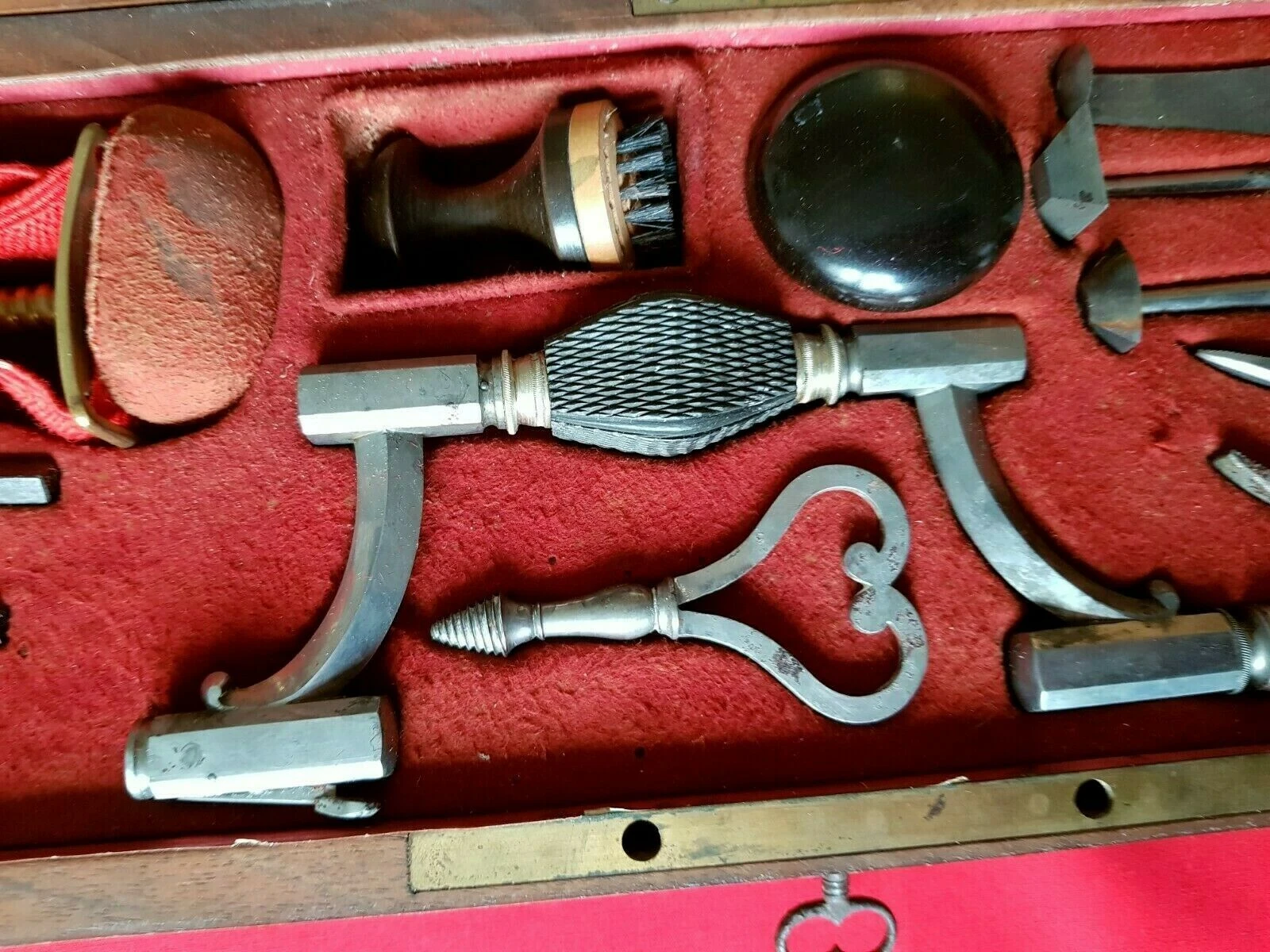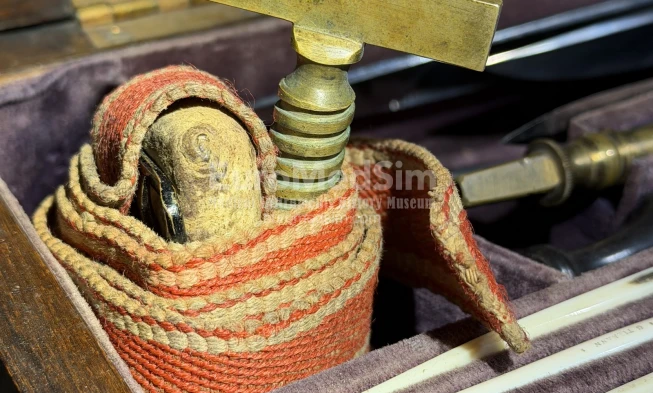Search results2 results
COLLECTION

France, 19 C. 1 half
The rare French amputation kit, early 19 century, contains the typical instruments of a trauma and military surgeon, such as brace and bit cranial trephine, elevators and rugines, amputation saw, brush to clean the operative field. The case has two compartments, has original key.
Articles

The tourniquet is considered by many to be one of the most significant inventions in the history of surgery, having saved millions of soldiers and trauma victims. The earliest documented methods of blood control emerged in ancient India, as evidenced by Sushruta's ligatures, and referenced by Roman medici for vessel tying and cauterisation, in addition to external limb binding. Medieval and Renaissance barber-surgeons utilised tight bands, and in the 18th century, Jean-Louis Petit developed the screw tourniquet. The evolution of emergency care has been characterised by significant developments, with innovations ranging from Esmarch's elastic bandage to modern C-A-T devices.